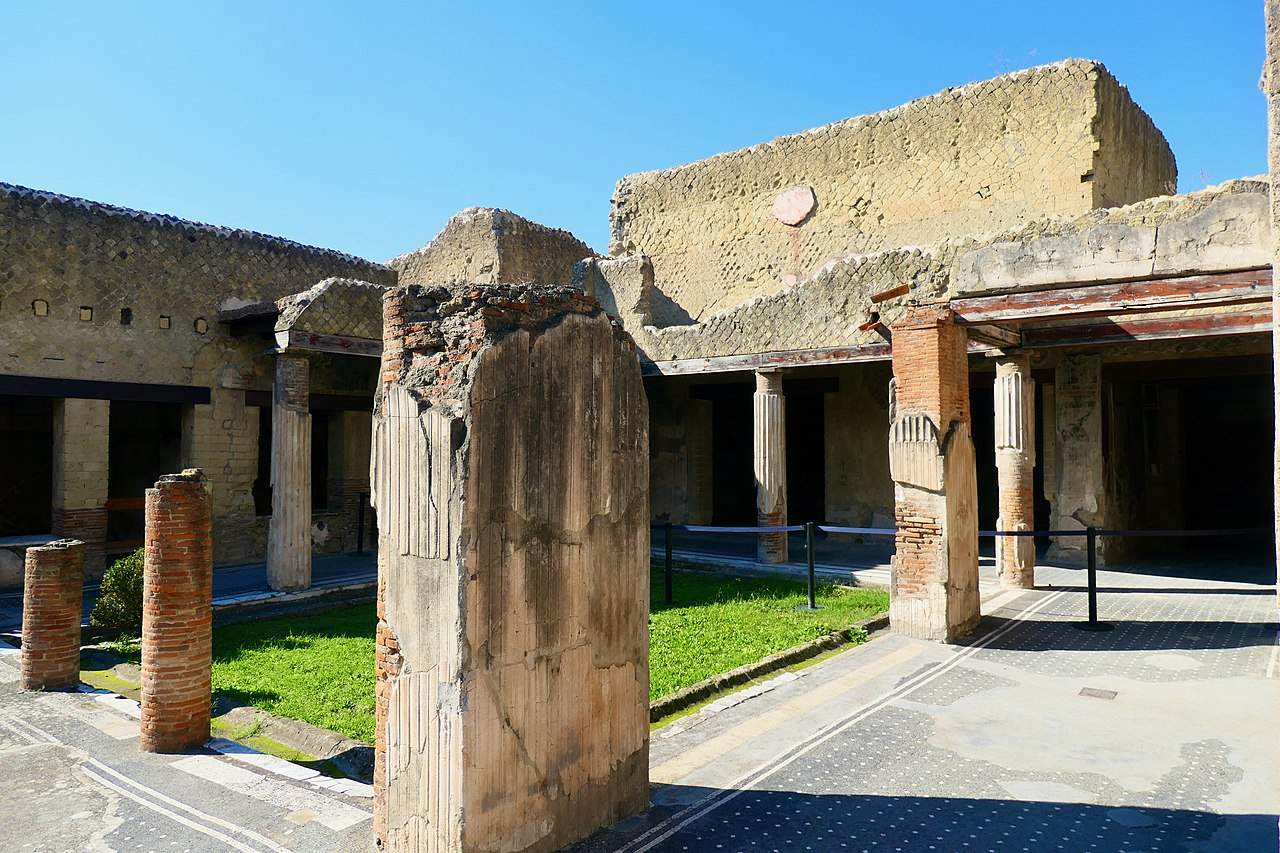A team of archaeologists and scientists from the BioArCh laboratory ofYork University ’s Department of Archaeology studied the skeletons of some of the victims of the eruption of Vesuvius in 79 A.D, particularly those from Herculaneum, and was able to obtain several insights into the diet of the inhabitants of the Campanian city, noting that foods were also differentiated on the basis of gender: for example, women ate more animal products, as well as locally grown fruits and vegetables, while men valued fish more, which was a more expensive food than what women used to eat.
The findings were made possible by a new approach to studying amino acids in 17 skeletons of adults who died during the eruption of the volcano overlooking Herculaneum. By measuring carbon and nitrogen isotopes contained in bone amino acids, researchers were able to reconstruct people’s diets in much greater detail than previously thought possible.
“The remains of those who died at Herculaneum in 79 A.D.,” said Professor Oliver Craig, director of the BioArCh laboratory, “offer a unique opportunity to examine the lifestyles of an ancient community made up of people who lived together and died together. Historical sources often allude to differential access to food in Roman society, but rarely provide direct or quantitative information. We found significant differences in the proportions of sea and land food consumed between males and females, implying that access to food was differentiated by gender.”
The researchers were able to understand that men obtained on average 50 percent more of their dietary protein from seafood than women. A slightly higher percentage of protein from grains was also found in the men’s remains than in their female peers, while women found a higher percentage of protein from animal products and locally grown fruits and vegetables.
“Our research,” says doctoral student Silvia Soncin, of the Department of Archaeology, “strengthens our knowledge that men had greater access to fish in Herculaneum and more generally in Roman Italy. Males were more likely to be directly engaged in fishing and maritime activities, they generally occupied more privileged positions in society, and they were freed from slavery at an early age: thus resulting in easier access to expensive products, such as fresh fish.”
Finally, archaeologists from the University of York think that fish and seafood were much more present in the diets of Herculaneum’s inhabitants two thousand years ago than they are in today’s Mediterranean diet, which is increasingly dominated by animal products, and they found that cereal-derived foods were consumed in similar proportions as today.
Image: excavations at Herculaneum. Photo by Bruno Rijsmann
 |
| Herculaneum, York University uncovers details of 79 A.D. diet in Vesuvian city |
Warning: the translation into English of the original Italian article was created using automatic tools. We undertake to review all articles, but we do not guarantee the total absence of inaccuracies in the translation due to the program. You can find the original by clicking on the ITA button. If you find any mistake,please contact us.